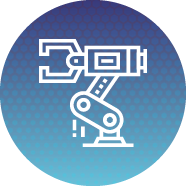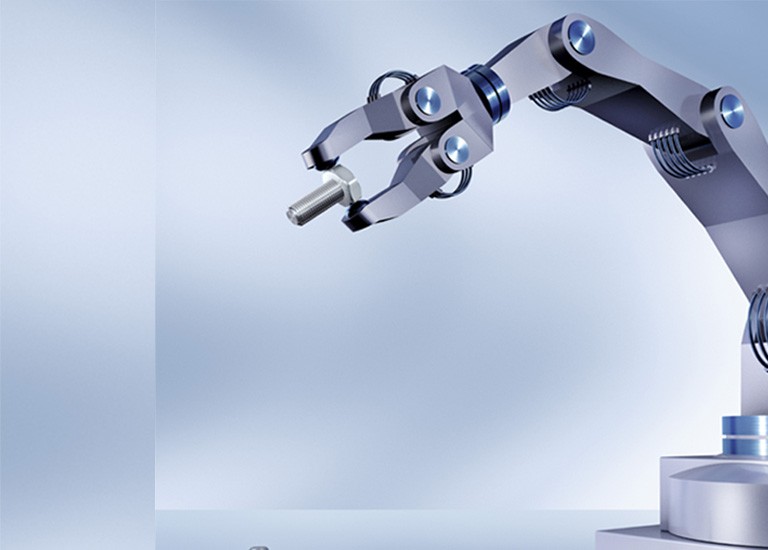The field of robotics encompasses the design, creation, operation, and use of automated robots, which can resemble humans in appearance and/or functionality.
 Robots can be used in place of humans in unsafe situations, such as in military and manufacturing environments, or to augment humans to reduce risk of physical stress injuries.
Robots can be used in place of humans in unsafe situations, such as in military and manufacturing environments, or to augment humans to reduce risk of physical stress injuries.
Our firm’s practice includes experience with:
- Automated storage and retrieval systems (ASRSs), such as warehouse storage
- Autonomous and semi-autonomous systems
- Hazardous tasks, such as defusing bombs and exploring mines and shipwrecks
- Household use, such as robotic vacuums, swimming pool cleaners, and lawnmowers
- Industrial use, such as toxic materials handling
- Prosthetics
- Robotic-aided surgery and other medical applications
Our attorneys are well-versed in a number of technological fields, such as classical and modern motion control systems and process control, whichare applied to the robotics industry. We have academic degrees in robotics, motion control systems, electrical engineering, mechanical engineering, computers, and mathematics. Further, our industry experience includes related automation technologies, such as systems integration of machines for laser eye surgery and automation of alignment and attachment processes for photonics applications. Our related automation experience also covers related technologies such as machine vision control, pneumatic and electromechanical actuator control, and system control.
Our legal experience in robotic technologies extends to both patent prosecution and litigation. In patent prosecution, Hamilton Brook Smith Reynolds has aided clients in patenting robotic methods and systems for ASRSs to use in product retrieval as well as biomechatronics in orthotic, prosthetic, and exoskeletal applications. We have also advised clients on patent strategy of next-generation shopping, the combination of online order placement and physical logistics of order fulfillment using RFID tracking of ordered units, tasks (and location thereof) completed by humans, and tasks (and location thereof) completed by robots.















